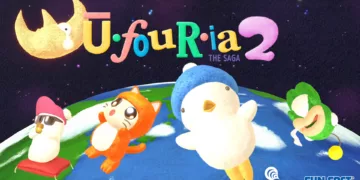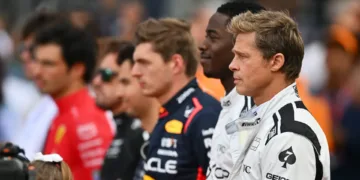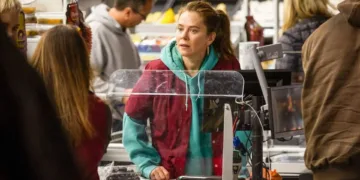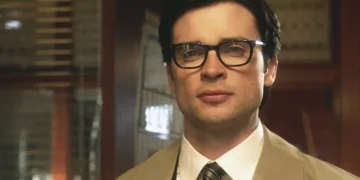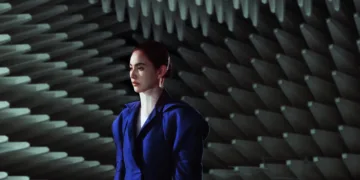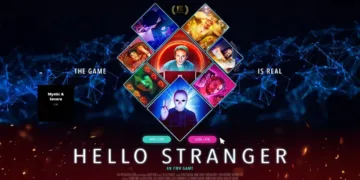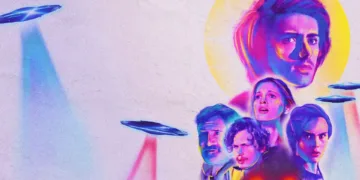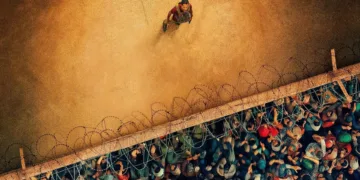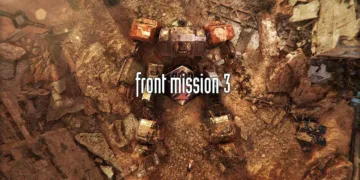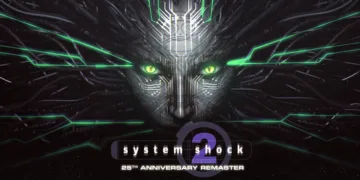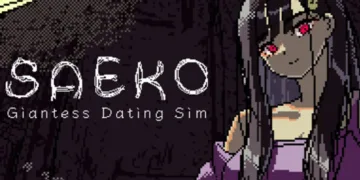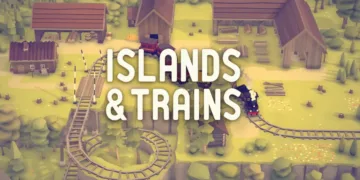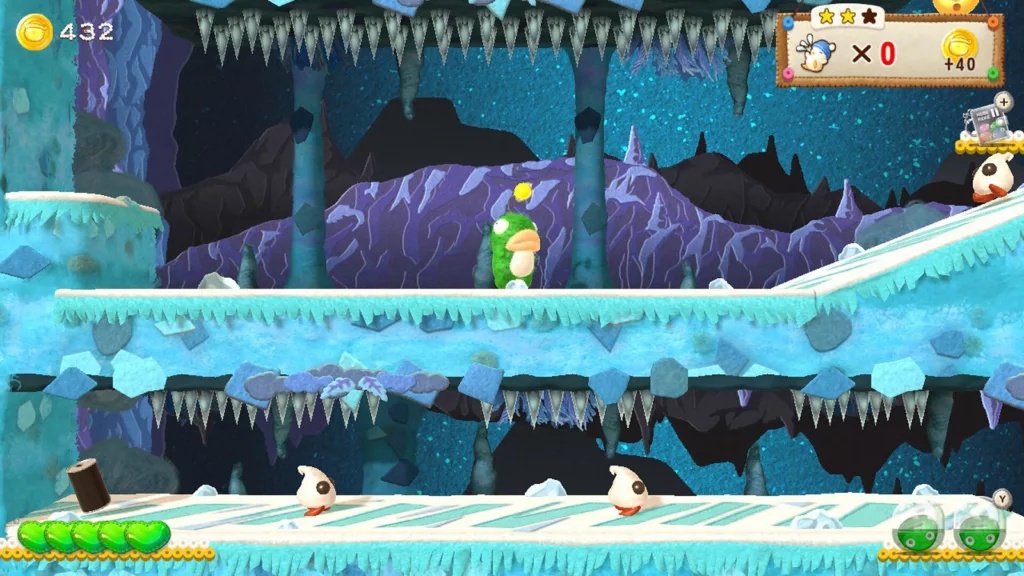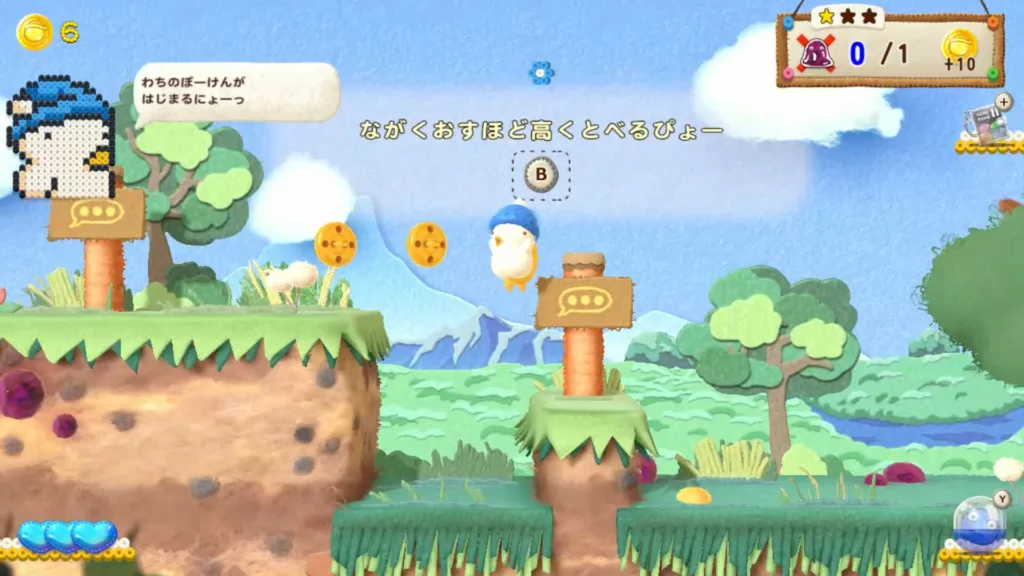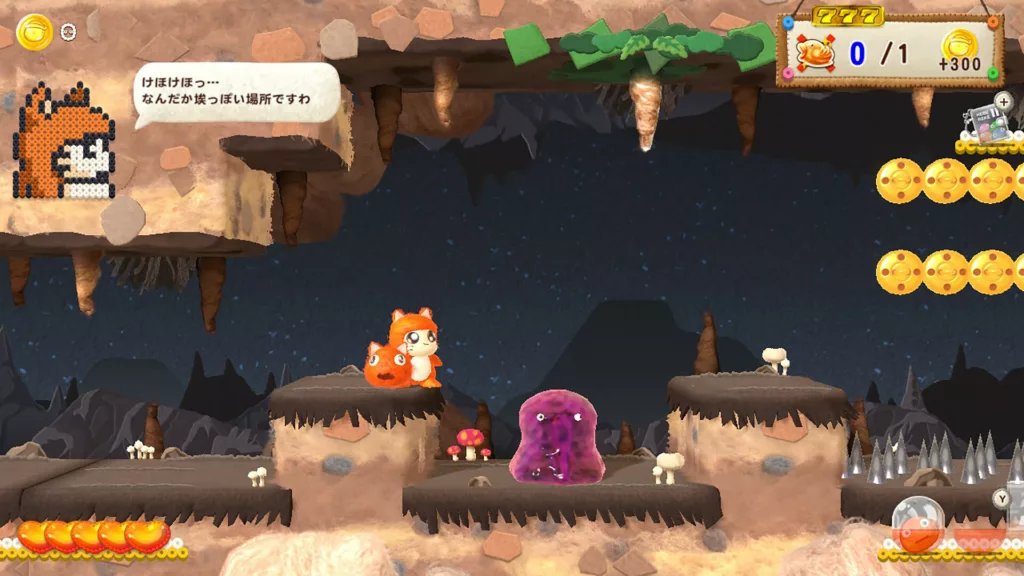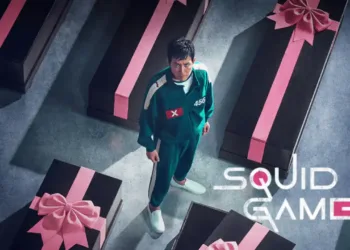If you gamed back in the early 90s, you might have fond memories of Ufouria: The Saga. Known as Hebereke in Japan, this quirky little platformer tried to be Sunsoft’s answer to Mario and Sonic. While it never reached those heights in popularity, it did carve out a niche that attracted loyal fans. Hebereke starred four animal pals – Hebe the penguin, O-Chan the cat, plus ghostly Sukezaemon and froggy Jennifer.
With their funky superpowers, this fab four set out to clean up an alien invasion spreading purple goop over their world. Over 30 years later, the gang’s back with Ufouria: The Saga 2. Once again, an oddball enemy named Utsujin crashes to earth, now with plans to litter the landscape with his sticky minions called Bumyons.
Our heroes need to take them down with magical blobs called Popoons while exploring a huge world map. Like old-school Nintendos, you guide the characters through side-scrolling stages, using new abilities to access secret areas. With its zany humor and textile visuals, this sequel aims to charm a new generation while taking longtime fans on a nostalgia trip. So tighten your sneakers and join the wild ride that is Ufouria: The Saga 2!
A Bright and Quirky World Under Felt Attack
Even newcomers will instantly fall for the fab four critters of Ufouria and the colorful worlds they inhabit. As mentioned before, you play as Hebe the penguin and his trio of cute friends – catty gal O-Chan, chilled out ghost Sukezaemon, and realistic frog Jennifer. Their quips a[ez-toc]nd banter give plenty of chuckles but also hint at deeper bonds of friendship when trouble strikes. Voicing that trouble is Utsujin, returning goofball villain from the original Ufouria game bent on salvaging his failed invasion plans.
This foe unleashes Bumyons, his mischievous purple goo minions, upon various environments our heroes call home. Each stage brims with personality, from the cheery dandelion fields to an autumn forest colored in Halloween hues. The observatory’s giant telescopes peer into galaxies unknown while the candy factory’s sweets symbolize childhood’s end.
We bounce between worlds via imagined aircraft too, including scrapped rockets, teapot dirigibles, and wacky mech walkers. Bobodori the shuttle pilot bird even gets his own oddball character arc about finding a lost love. Every locale and character overflows with sunny weirdness true to Ufouria’s heritage.
Through bustling business districts, witchy bayous, and alien nests our squad platform-hops, drawing out Utsujin’s sticky saboteurs using their mystical Popoons. The campaign strings together these vibrant threads for an experience both comfy and eccentric. By the finale, players will have bounced between about a dozen unique realms while leaving hundreds of exploded Bumyons in their wake. And they’ll have smiles on their faces every fabrics-covered step of the way.
Old-School Adventuring With a Twist
When booting up Ufouria: The Saga 2, you’ll feel right at home if you grew up with classic side-scrollers. You guide Hebe and friends from left to right, hopping between platforms using a floaty jump. Simplistic? Sure, but it works great with a controller. Each area has minor enemies to squash along with secrets to uncover. Boss fights cap off the short stages, then you take an express flight back home on whimsical bird Bobodori.
Though it handles like an old NES game, Ufouria has a dash of Metroid DNA. As you befriend each character, they lend new talents needed to access special zones. O-Chan can dive underwater while Sukezaemon floats across long gaps. Level layouts shift every time you return too, keeping backtracking fresh as you hunt down upgrades. Buy enough soda cans from the vending machine, and perks like a butt-bounce unlock. This randomness and economy creates a satisfying loop of revisiting areas with new abilities in hopes of bonuses.
Even with fierce baddies attacking, Ufouria keeps things casual. Outside of a few late-game spike strips, tumbles off platforms hardly punish. You’ll blast through most levels unscathed, only punished for ignoring character abilities. Bosses pose little threat either, having simple patterns easy enough for kids to handle.
Experts might bemoan the lack of difficulty, but Ufouria aims more for smiles than sweaty palms. Its vibrant worlds beg to be explored, not rushed at breakneck pace. Newcomers will dig the welcoming experience while retro fans should still find muscle memory tested trying to 100% complete every stage.
A Felt-Covered Wonderland
It only takes one glimpse at Ufouria’s diorama worlds to fall for its lovable looks. Using fabrics like wool and felt, the artists built dizzying domains with plenty of tactile texture. It’s like someone raided a craft store then went to town dreaming up eye-catching environments.
Fields blossom with flower patches while autumnal woods burn red and orange. Inky caves glitter with gems as industrial complexes clank with gears. Each location overflows with imagination, from the observatory’s telescopes to a rollercoaster’s twisty tracks.
The heroes and supporting cast stand out too, of course. Hebe and crew are fuzzier than tribbles thanks to their yarn coats, with fluid animations making them more huggable. Sharp pixel art contrasts nicely for speech boxes and menus, reminding of the game’s retro roots.
Ufouria ditches realism for heart and absurdity instead – like when Bobodori transports you while rhythmically bopping his head. Even baddies can’t help but be cute, from bell pepper UFOs to googly-eyed blobs called Bumyons.
Matching the playfulness, the toe-tapping soundtrack blends modern synths with chiptune goodness. Whimsical ditties for world maps and zany boss themes pair well with driving riffs pushing side-scrolling stages.
It’s the work of Japanese composer Naoki Kodaka, re-imagining music from the original Ufouria while pumping up quality. Several tunes might haunt your dreams thanks to their infectious melodies but it’s a very welcome earworm infestation. When presentation oozes this much personality, eyes and ears feast alike.
Imperfections in a Picture-Perfect World
For all its beauty and whimsy, Ufouria: The Saga 2 does suffer a few unravellings around the edges. Under that fuzzy felt exterior lies gameplay that some may label pedestrian. Core platforming mechanics handle clunkily compared to genre titans like Mario and Sonic.
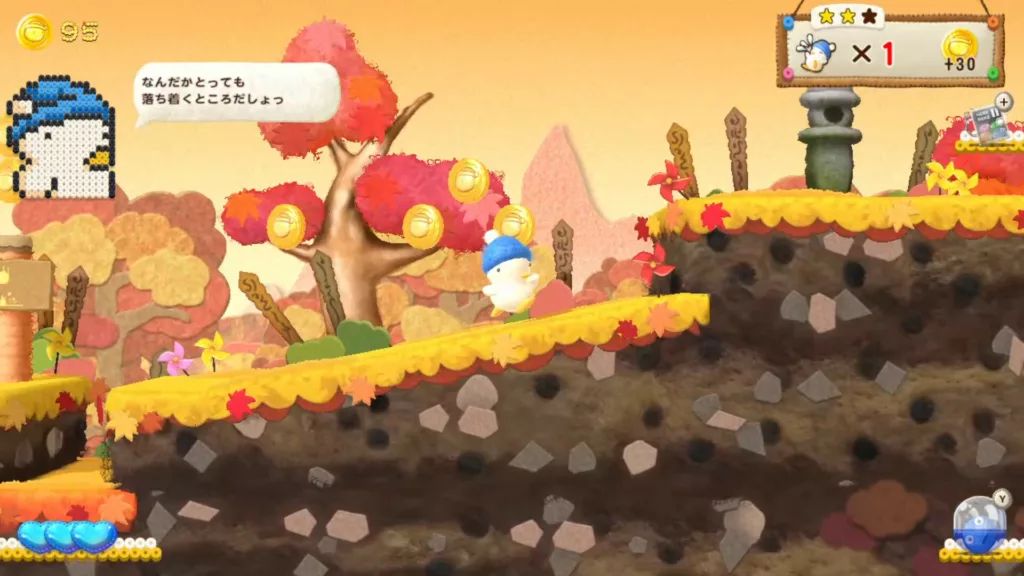 Momentum feels sluggish whether running or leaping, sticking players into unwanted tumbles into bottomless pits. This lack of precision particularly hurts timed jumping segments, leading to more restarts than fun.
Momentum feels sluggish whether running or leaping, sticking players into unwanted tumbles into bottomless pits. This lack of precision particularly hurts timed jumping segments, leading to more restarts than fun.
Elsewhere control quirks annoy, like inconsistent responses when swapping heroes. Even simple baddie bounce attacks require patient positioning that disrupts pacing. That partners have exclusive powers ameliorates this clunkiness by diversifying movement, but their signature abilities feel underbaked. Why make spectacular screen-clearing moves if levels discourage using them fully? Their limited battle applications nod towards potential left unfulfilled.
Difficulty balance also wobbles a bit through Ufouria’s worlds. Outside mines stuffed with instant death traps, falls and enemy hits lightly punish. Bosses pose nearly zero threat for adult players but their repetitive pattern recognition still might challenge younger audiences. Normal stages shake things up with layout shifts between visits but their hazards change little. Veterans seeking nail-biting tests of skill should look elsewhere.
In trying to appease both casual newcomers and nostalgic platforming fans, Ufouria stretches itself thin. Middling gameplay mars an otherwise uplifting adventure, especially when contemporaries handle better. Yet compared to the original, Ufouria: The Saga 2 still shows remarkable improvement with backtracking elements and craftwork presentation. Playfully bouncing between worlds revealing their secrets remains a joy despite flattened learning curves. For a relaxing escapade emphasizing fun over difficulty, this craft-loving sequel mostly sticks the landing.
A Button-Cute Blast From the Past
Like an old buddy from childhood now sporting some grey hairs, Ufouria: The Saga 2 equally shows its age yet remains familiar with its guileless charms. Modern gamers weaned on intricate triple-A adventures may raise eyebrows at gameplay simplier than a potato print.
Yet peek behind the curtain of craft materials and you’ll spy DNA shared with the golden era of side-scrollers. The floaty hopping between platforms, smashing baddies along the way, and linearly arranged levels set to chipper tunes – it’s old-school gaming comfort food.
And Ufouria’s greatest strength is crafted comfort, from the textile touchability of its diorama worlds to drinkable whimsy in every plot beat. Hebe and friends exude snuggly plush energy, their vibrant hijinks perfect for young audiences or adults longing for playfulness.
Exploring the landscapes proves rewarding too when branching paths hide bonuses to uncover. That constantly shifting level layouts refresh backtracking areas as abilities expand is a revelation, evolving the exploration formula.
Sure, Ufouria: The Saga 2 doesn’t reach platforming Valhalla — controls handle too clumsily while difficulty stays dialed down. But just when fresh ideas feel lacking, another flood of felty charm swoops in, from minecart rollercoasters to customizable player homes.
Like a fuzzy hug after an exhausting day, its innocent pursuits soothe the soul. The sweetness might dissatisfy those desiring more bite or depth. For everyone else though, this lovely world and its squishy stars offer the perfect stress-busting getaway.
The Review
Ufouria: The Saga 2
With loads of personality, Ufouria: The Saga 2 is a cuddly encore for both established fans and newcomers itching for some casual adventuring. It nails the nostalgia trip through fuzzy feelings and creative side-scrolling concepts even if deep platforming thrills are lacking.
PROS
- Charming visuals and audio
- Great personality and humor
- Nostalgic old-school platforming gameplay
- Interesting use of craft materials aesthetic
- Light Metroidvania elements are fun
- Adorable characters
- Constantly changing level layouts
CONS
- Controls can feel imprecise
- Lack of challenge and difficulty
- Some unfulfilled potential in gameplay ideas
- Might be too simple for some gamers
